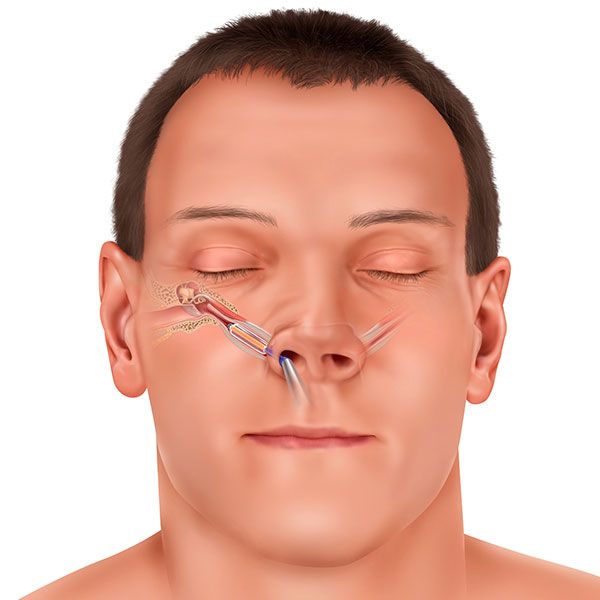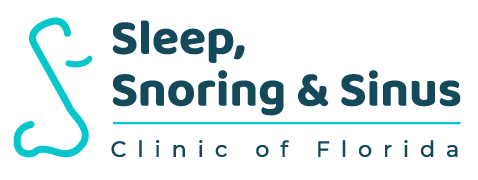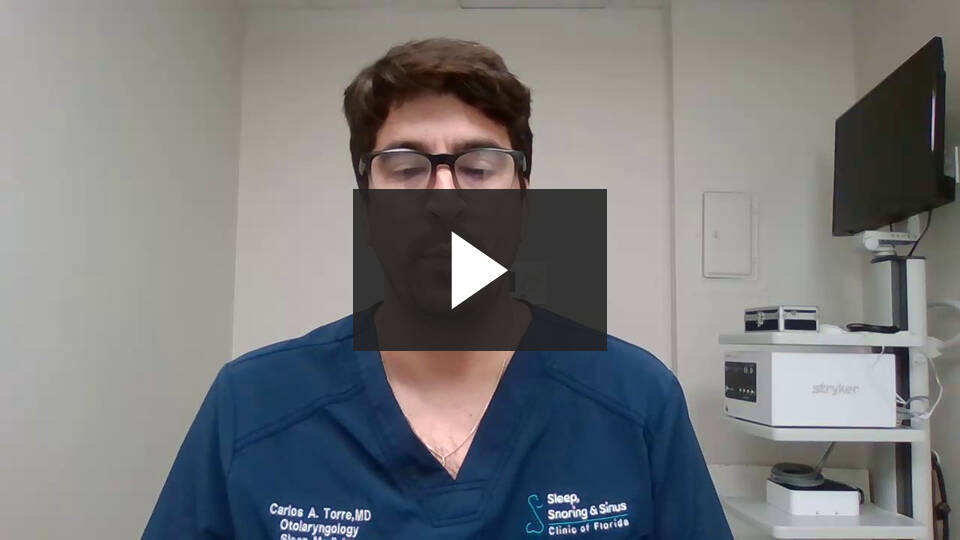Plantation Location
Coral Gables Location
Plantation Location
Pembroke Pines Location
Plantation Location
Pembroke Pines Location
What is Eustachian tube dysfunction?
Eustachian tube dysfunction (ETD) is an affliction that can lead to chronic ear pressure and pain or discomfort with barometric changes.
Typically, when you yawn, chew, sneeze or swallow, your Eustachian tubes – small passageways that run between your middle ear and upper throat – open to keep pressure and fluid from building up. If you experience a blocked Eustachian tube – also known as Eustachian tube dysfunction or ETD – your ears may feel full or painful, and your hearing may seem muffled.
ETD symptoms:
- Full or plugged feeling in your ears
- Muffled sounds
- A popping or clicking sensation
- Pain in one or both ears
- Ringing in your ears (called tinnitus)
- Trouble keeping your balance
Your symptoms may get worse when you are flying (because of altitude changes). Riding in elevators, driving through mountains or diving may also make your symptoms worse.
ETD is considered persistent when symptoms have continued more than 12 weeks despite medical management.

The treatment and what you can expect
Your doctor may first recommend over-the-counter treatments, such as:
- Decongestants to reduce the swelling of the lining of the tubes
- Antihistamines and/or steroid nasal spray to reduce an allergic response
If a bacterial infection is present, your doctor may prescribe an antibiotic. Some people with more severe or chronic symptoms may need to undergo a surgical procedure. These include:
- Fluid removal: after making a tiny incision in the eardrum, fluid is suctioned out fluid from the middle ear, giving the Eustachian tube lining time to shrink while the eardrum is healing
- Ear tubes: implantation of small tubes in the eardrums allows built-up fluid to drain out of the middle ear
A safe, effective, new treatment option
Many of the current treatment options for ETD are limited or invasive, but a newer treatment option, balloon dilation with XprESS ENT dilation system, provides a safe, effective and less invasive treatment.1 During this procedure, a small balloon is inserted through your nose and into your Eustachian tube. The balloon is then gently inflated, and after treatment, removed. The procedure is performed under local anesthesia.
A recent randomized clinical trial comparing balloon dilation to medical therapy in patients with persistent ETD found:
- Balloon dilation with the XprESS system is superior to continued medical management for improving symptoms in patients with persistent Eustachian tube dysfunction
- Improvement in symptoms and middle ear assessments are durable
- Balloon dilation is a safe and effective treatment for patients with persistent Eustachian tube dysfunction
Make An Appointment
Call us and Send us a message!
Contact Us
Thanks for your message!
I'll get back to you as soon as I can.
Please try again later.
CONTACT US
Plantation:
100 NW 82nd Ave, Suite 405, Plantation, FL 33324
Phone:
(305) 432-9785
Fax: (786) 946-2831
Pembroke Pines: 10071 Pines Blvd, Suite C, Pembroke Pines, FL 33024
Phone:
(954) 628-8453
Fax: (954) 437-6252
OUR HOURS
Monday: 8am - 4pm
Tuesday: 8am - 4pm
Wednesday: 8am - 4pm
Thursday: 8am - 4pm
Friday: 8am - 4pm
Saturday: Closed
Sunday: Closed
QUICK LINKS
Service Areas: Miami-Dade County, Broward County, Palm Beach County

